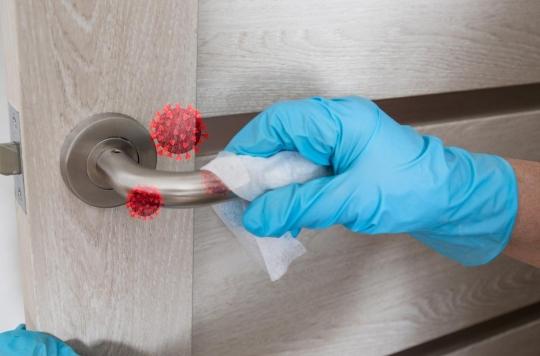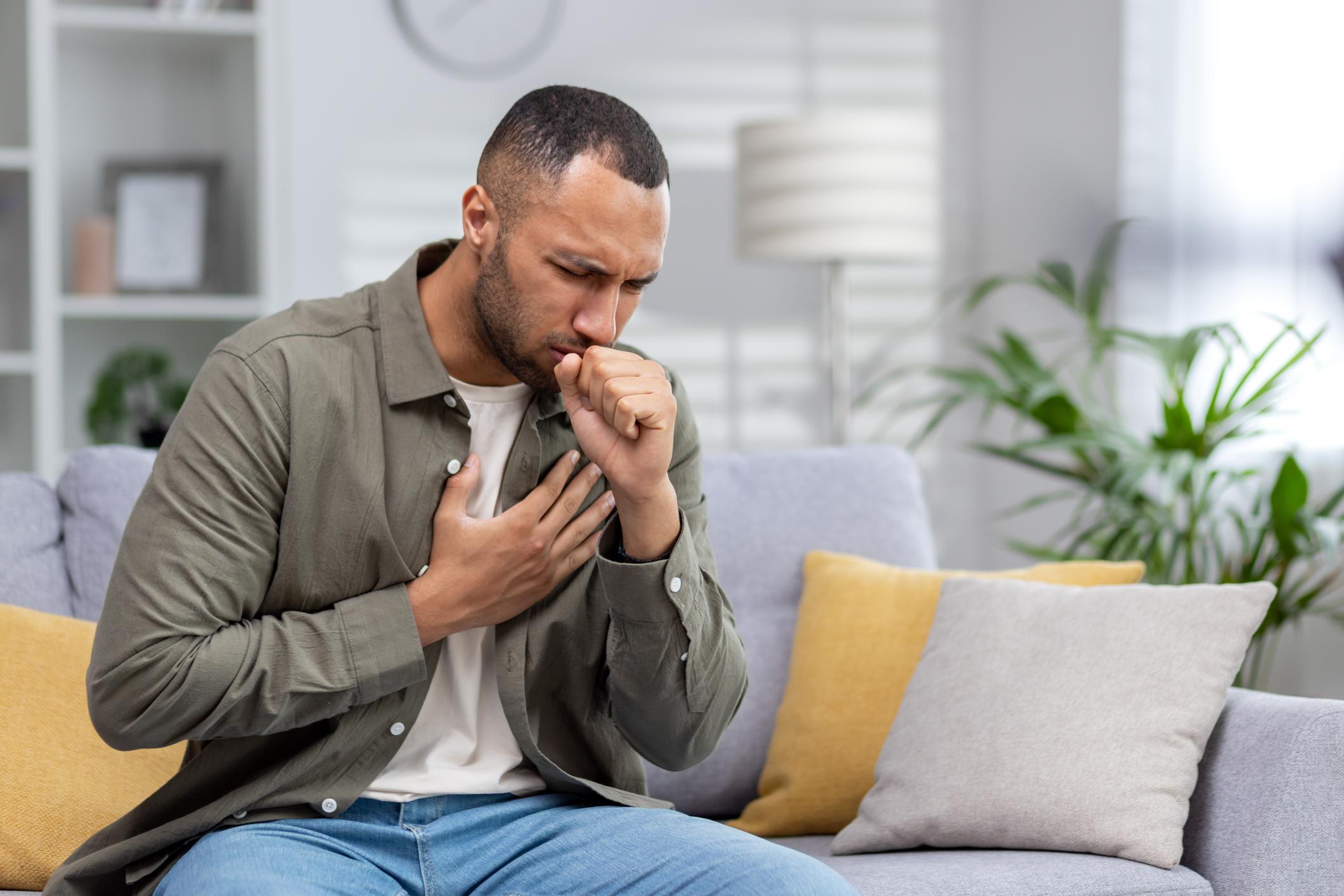Traces of the monkeypox virus were detected after 15 days on household objects and surfaces, according to a study.

- The viral load was higher in the closets, the shower, the refrigerator, on the bed in the bedroom and on two armchairs in the living room.
- The home’s heating, ventilation and air conditioning system was off when the patient was hospitalized.
We know: the orthopoxvirus, which is responsible for monkeypox, can be transmitted from one human being to another. This virus can be transmitted during prolonged face-to-face contact through respiratory droplets or during close physical contact, especially during sexual intercourse, through skin lesions or mucous membranes. “Environments can become contaminated with the monkeypox virus, for example when an infected person touches clothing, bed linen or towels, objects, electronic devices and surfaces. Another person who touches these objects can be infected in turn”, noted the World Health Organization (WHO).
Samples 15 days after leaving home
But how long does the monkeypox virus live on these surfaces? This is the question answered US Centers for Disease Control and Prevention (CDC) in a recent study. As part of the work, the researchers took samples from objects and surfaces touched and used by a person who had contracted monkeypox. “The sampling was carried out 15 days after the patient left home and was hospitalized”the scientists said.
27 surfaces contaminated by the virus
A total of 31 surfaces were analyzed. According to the results, 27 of them were still positive for monkeypox two weeks after being touched and used by the person infected with the virus. According to the authors, there was no difference between the positivity rate of porous materials (such as fabric and paper) and that of non-porous materials (such as sealed wood and plastic).
However, the viral load on porous and non-porous materials was different. “These results indicate that porous surfaces (e.g. bedding, clothing) may present a greater risk of exposure to monkeypox virus than non-porous surfaces. Traces of the virus have been detected on household surfaces after at least 15 days. However, low titers indicate limited potential for flanking transmission.” can we read in the study.
















